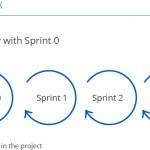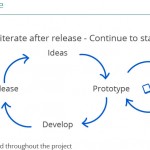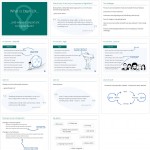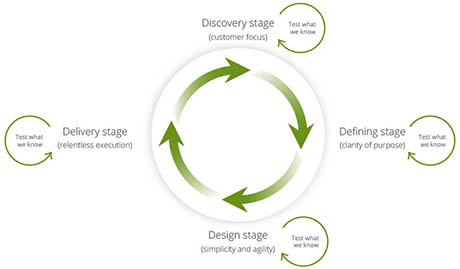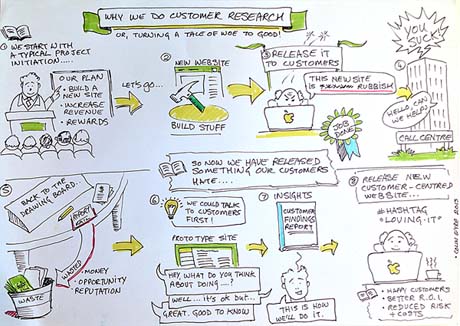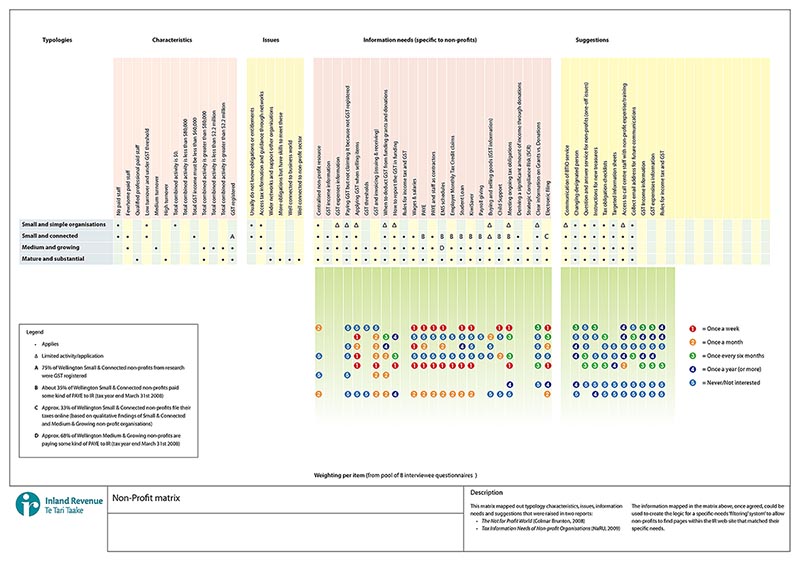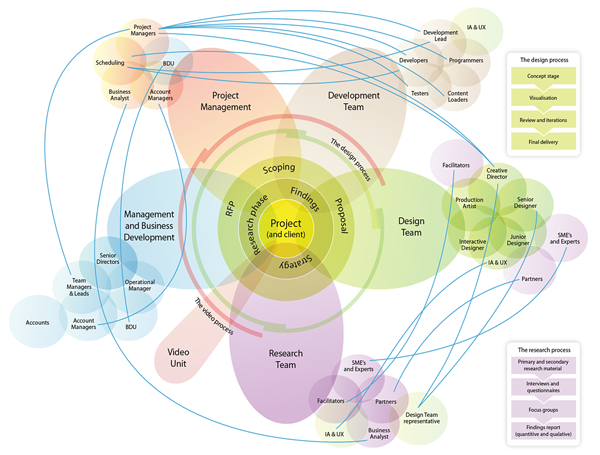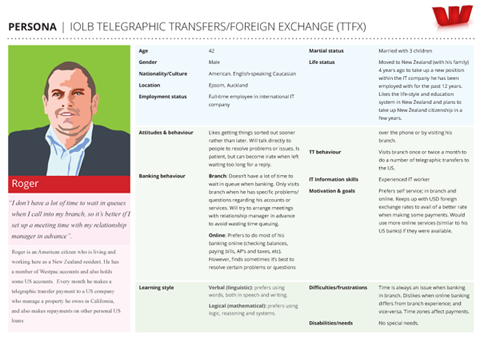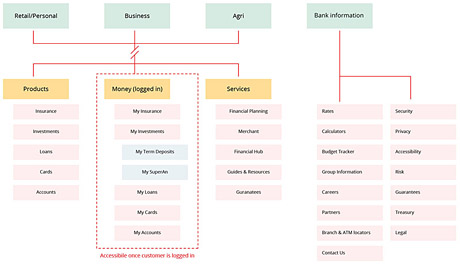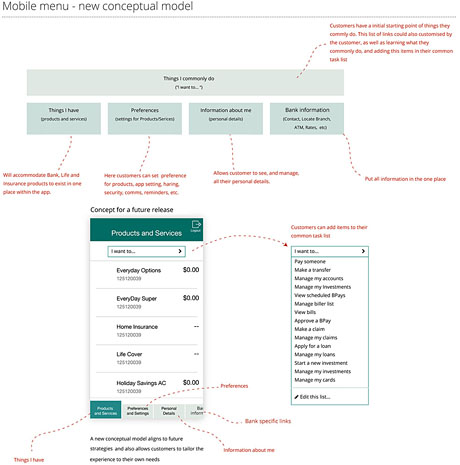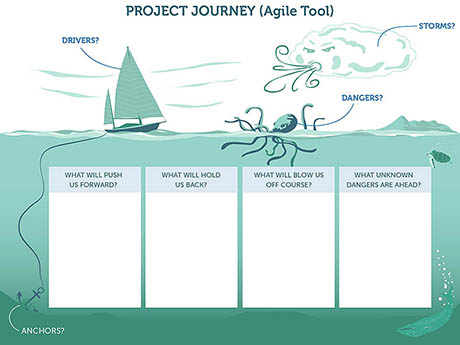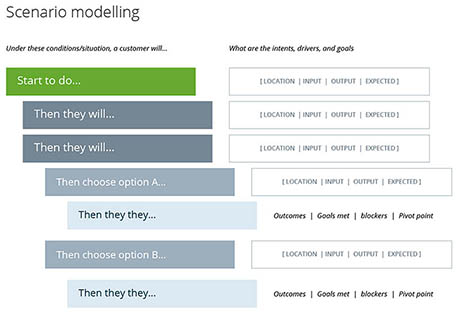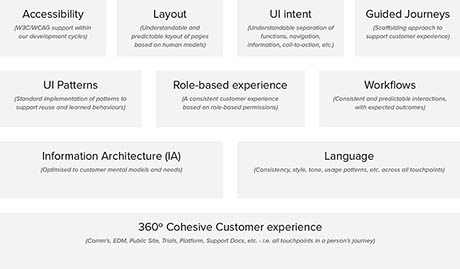UX + CX
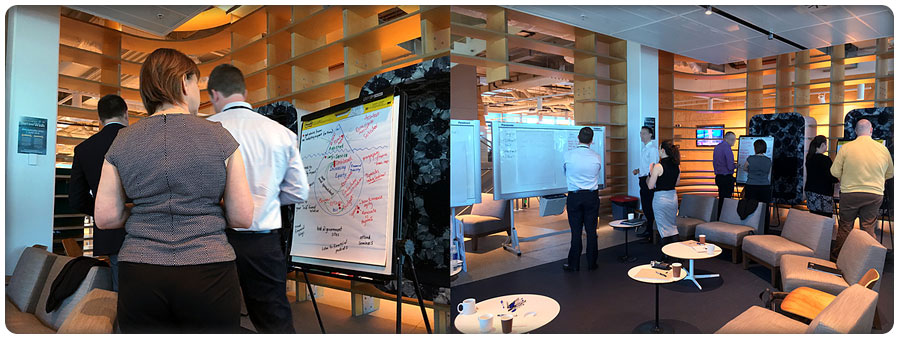
The aim of user experience is to understand how people think, make descisions and interact with your app, online offering or service. Understanding the drivers, needs and intentions that customers have can help provide a great user experience. I use various UX methodologies to undertand mental models, social and cultural influences, intent (needs and drivers or motivations), as well as variances in attitudes and behaviours. An important part of the work I do is highlighting the 'voice of the customer' during project discovery phases.
As a UX/Interaction Designer I am responsible for conducting research, delivering user testing sessions, facilitating collaborative design groups, card-sorting sessions, key finding reports, user experience flows, interaction diagrams, information architecture (IA), mockups/wireframes, prototypes, visual UI design, HTML and CSS and detailed interaction documentation.
Service design blueprinting
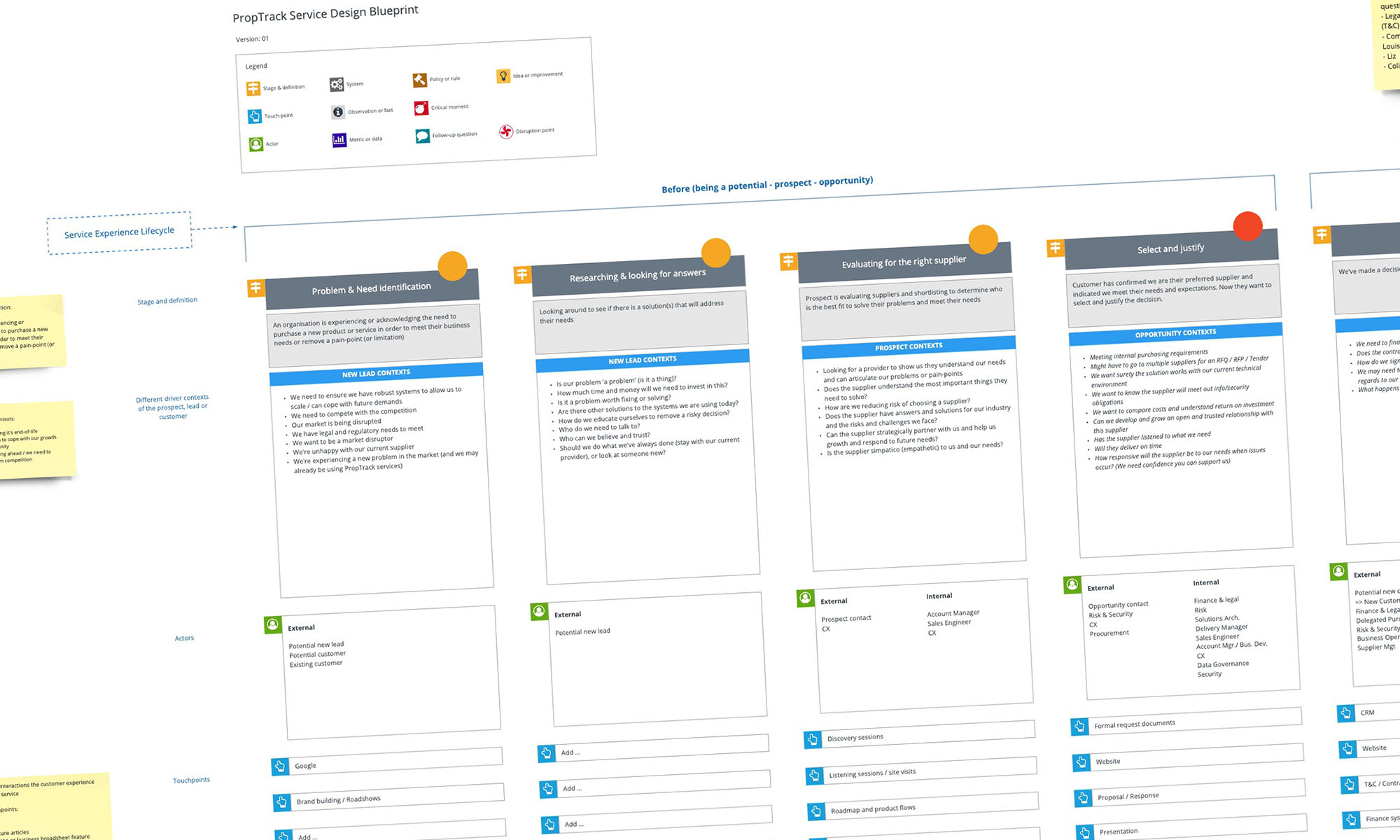
Supporting service design workshop resources
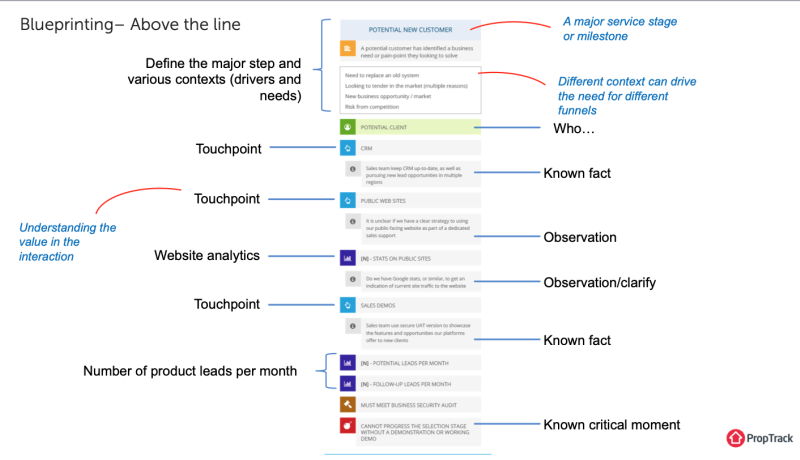
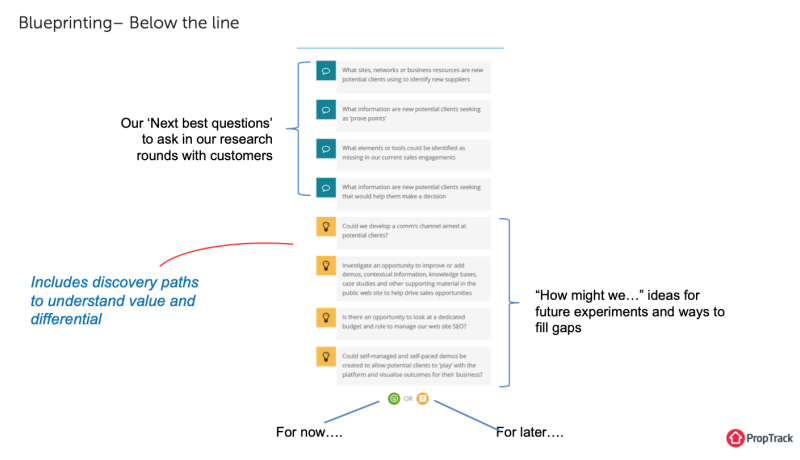
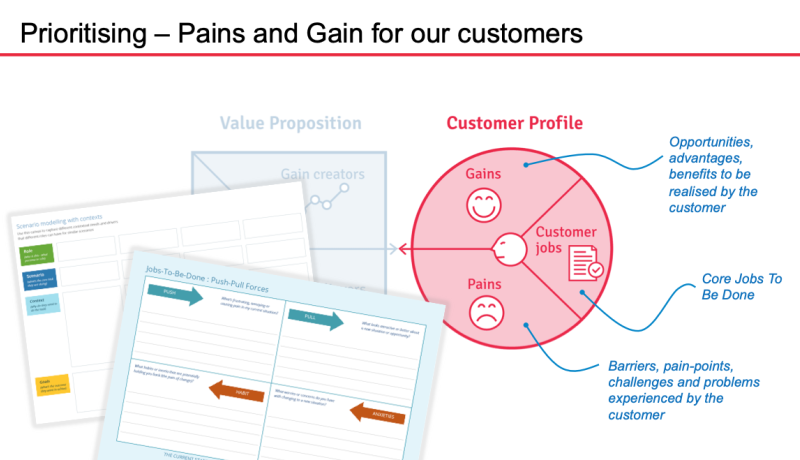
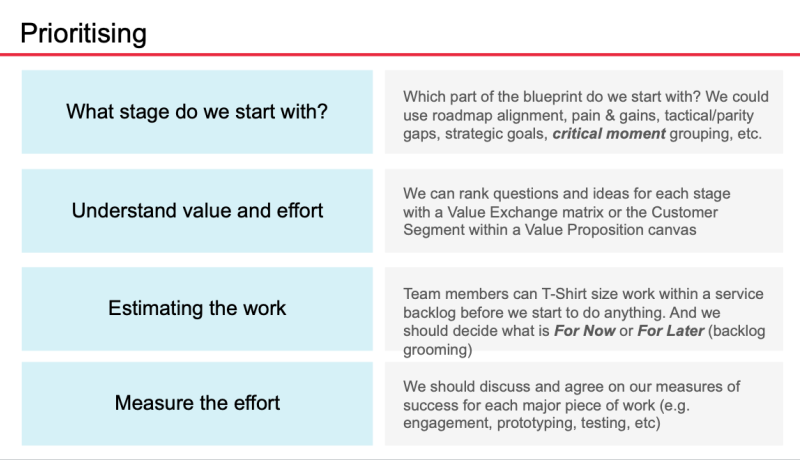
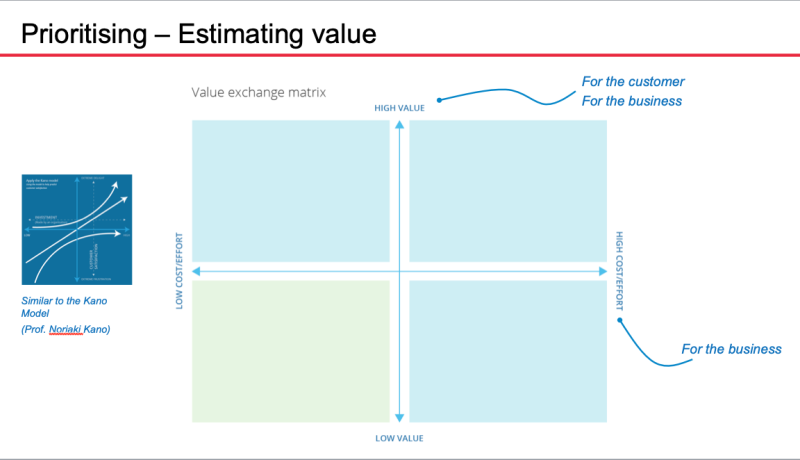
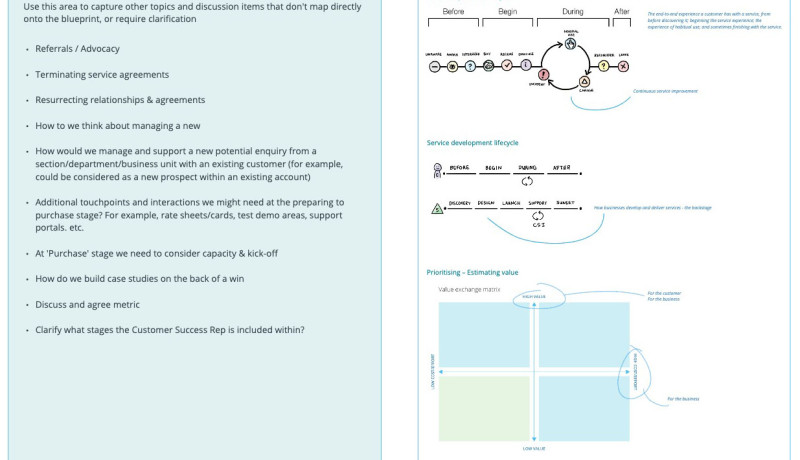
HCD (Human Centered Design) Approach for product and service design
A problem-solving approach that puts people at the core when you need to both understand and provide suitable and meangingful design solutions. Starting with a dedicated problem identification (and articulation) phase that helps to intentionally design and measure all solutions against the customer needs, pain-points, value exchange, concerns, behaviour & habits and expected outcomes.
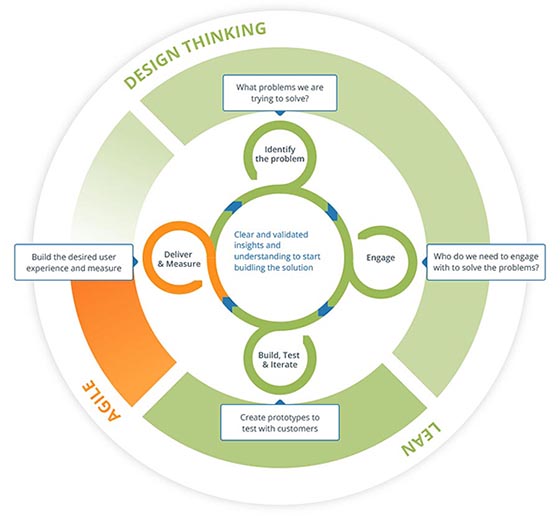
Lean UX cycles (presentation)
Why we do customer research (story board)
Mental Model diagrams
Mental models and user experience flows help designers, developers, UX & IA staff and project managers understand the relationship peoples attitudes, learning types and their actual behaviour when interacting with physical or digital media, products & services and their environments. Mental models can also help identify common patterns as well as gaps or differences amongst a target audience.
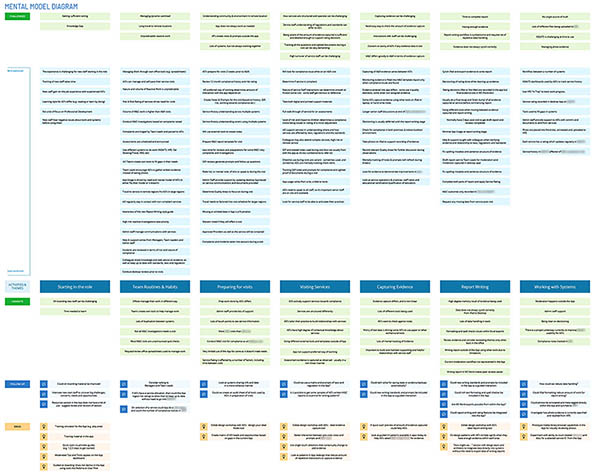 Using mental models to synthesise key research findings, identify value for customers and help prioritise MVP and future releases
Using mental models to synthesise key research findings, identify value for customers and help prioritise MVP and future releases
Mapping user experience flows (based on customer research)
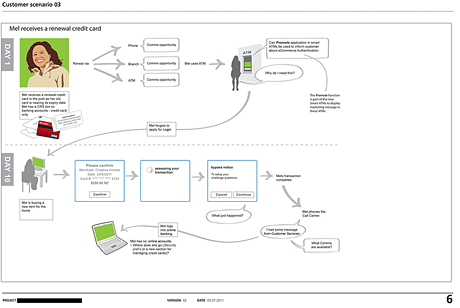
Mapping credit card scenarios for a customer
Rapid prototyping in product teams
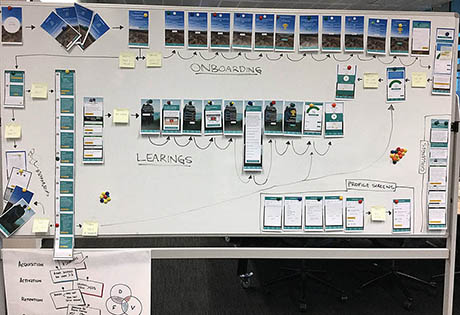
Rapid prototype design collaboration board
UX research outputs and insights
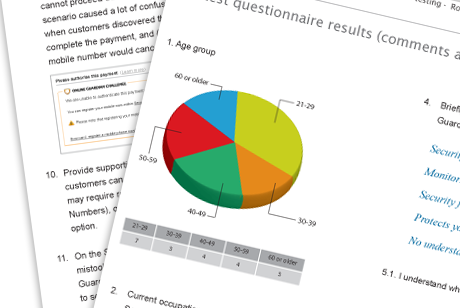
Usability testing reports
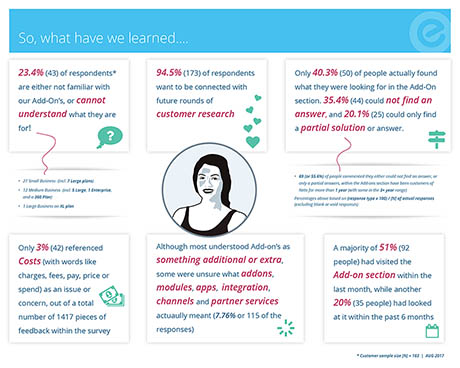
Presenting research as visual insights
Service design blueprinting outline
Service design is ideal for capturing not only the customer journey but also how an organisation delivers that experience at every touchpoint. Applying a front-of-stage (customer experience) and back-of-stage (service delivery) approach helps identify pain-points, frustrations, gaps and opportunites for organisations.
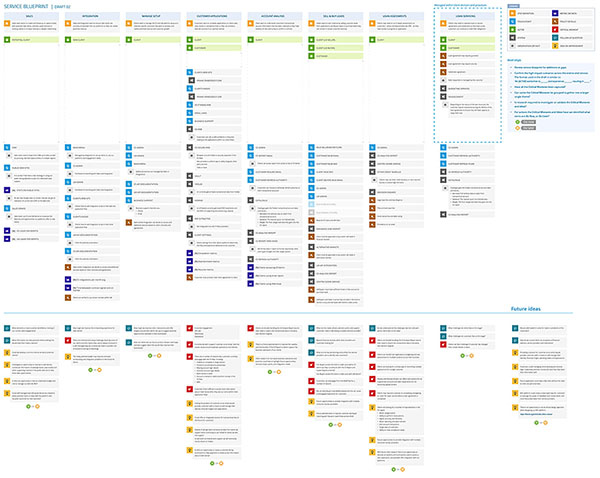
Service design blueprint including touchpoints, actors, systems, observations, critical moments, follow-up questions and future ideas.
Conceptual models in product discovery
Encapsulating various customer mental models into a structured solution uses a design technique known as a conceptual model. This type of model accommodates how customers categorise and relate to different tasks and information.
